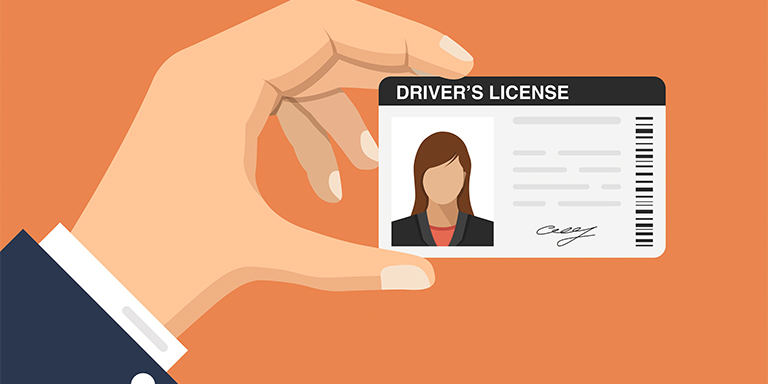Boosting Card Accuracy and Trust
Updated AAMVA DL/ID Card Design Standard (CDS) will improve transparency, data consistency and security for jurisdictions.
Driver licenses and ID cards do more than prove identity. They must also protect sensitive data and resist counterfeiting. The AAMVA DL/ID Card Design Standard (CDS) exists to promote uniformity and trust across jurisdictions. “The standard supports the issuance of a secure and trusted credential,” says Mindy Stephens, program manager for Physical Credentialing at AAMVA. “It also strengthens the integrity of the documents and helps combat counterfeiting.”
To further these goals, AAMVA released an updated standard in July 2025, focusing on data consistency, privacy and design clarity.
Fixing Inconsistencies
In response to a handful of related change requests, AAMVA performed a comparative analysis of card data, flagging inconsistencies between barcodes and human-readable information, which could pose a potential privacy risk.
“If cardholders don’t know what’s in the barcode, they may be unknowingly sharing personal data when using the credential at transaction time,” Stephens says. The newly updated standard addresses this by removing elements, such as “AKA Name,” from the barcode when they are not also displayed on the front or back of the card.
The standard also calls for jurisdictions to be transparent with the holder about any data included in the barcode that is not printed on the front or back of the credential. “If jurisdiction-specific elements are being used to share nonvisible information, holders should be informed up front,” Stephens emphasizes.
Meanwhile, the standard also fills data gaps by requiring certain front-facing information—document types such as commercial, non-domiciled, enhanced and permit—to be added to barcodes for accuracy and consistency.
“To ensure customers are aware of the data that is present in both the human- and machine-readable formats, it is important that the visible data be the same as what’s available in the machine-readable zone,” says Michael McCaskill, vice president, Identity Management Programs and Services at AAMVA. “When jurisdictions follow the standard, customers can be assured that they know what data is being shared, whether the relying party visually inspects the card or scans the two-dimensional barcode.”
Streamlining for Clarity and Compliance
Other enhancements in the latest standard aim to eliminate ambiguity and improve design usability. Stephens notes several examples:
- Additional diagrams for clarity
- Updated guidance on back-of-card zone flexibility
- Standard format for single-name cardholders
- Phasing out outdated technologies
“These changes have little to no direct impact on jurisdictions. However, they do offer additional clarity, creating new opportunities,” Stephens says.
McCaskill adds: “The card design standard provides jurisdictions a layout and variable set of overt, covert and forensic features to build the card that gives relying parties the confidence that they are interacting with a legitimate credential. This provides overall trust to customers and relying parties alike in the credential.”




